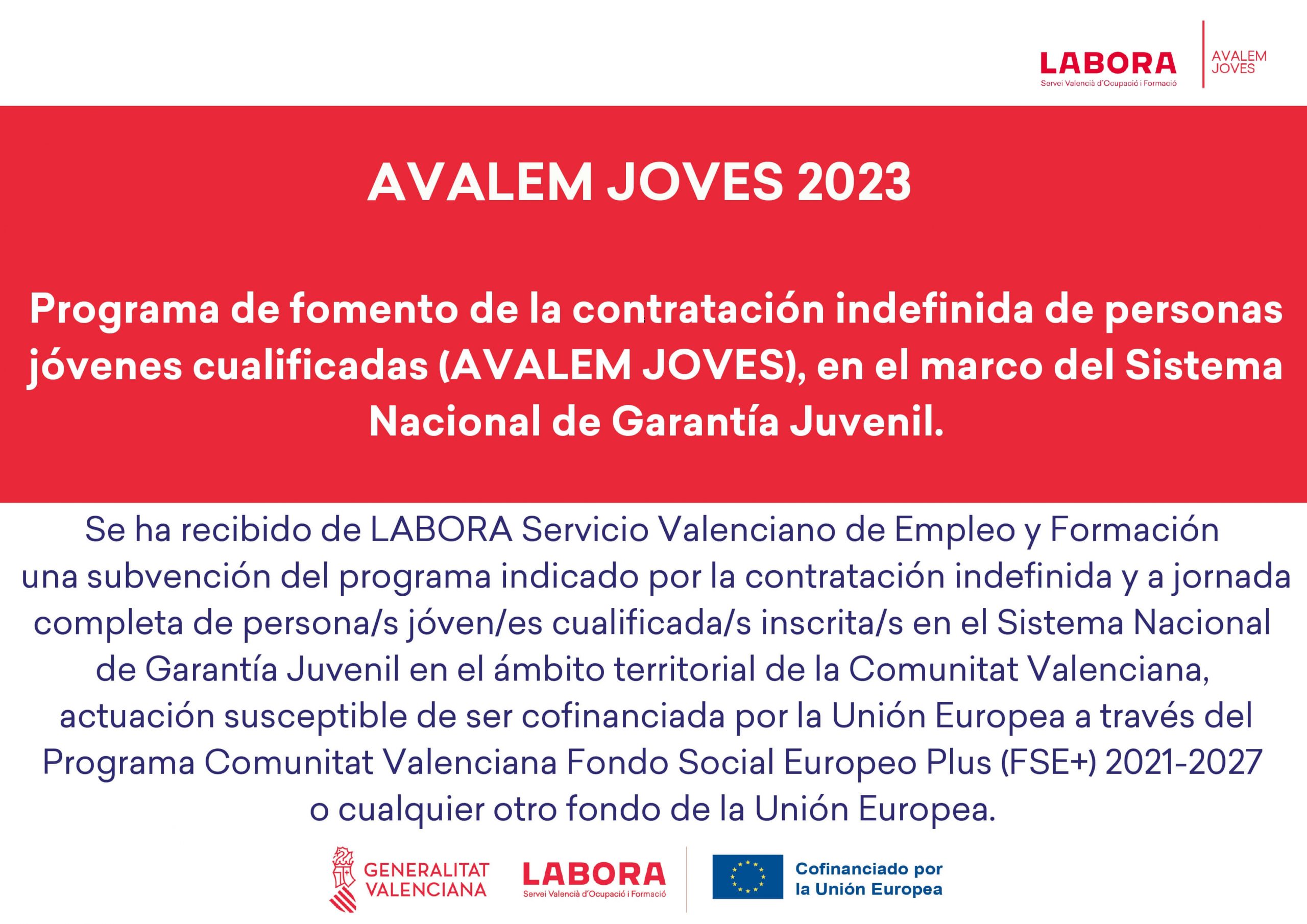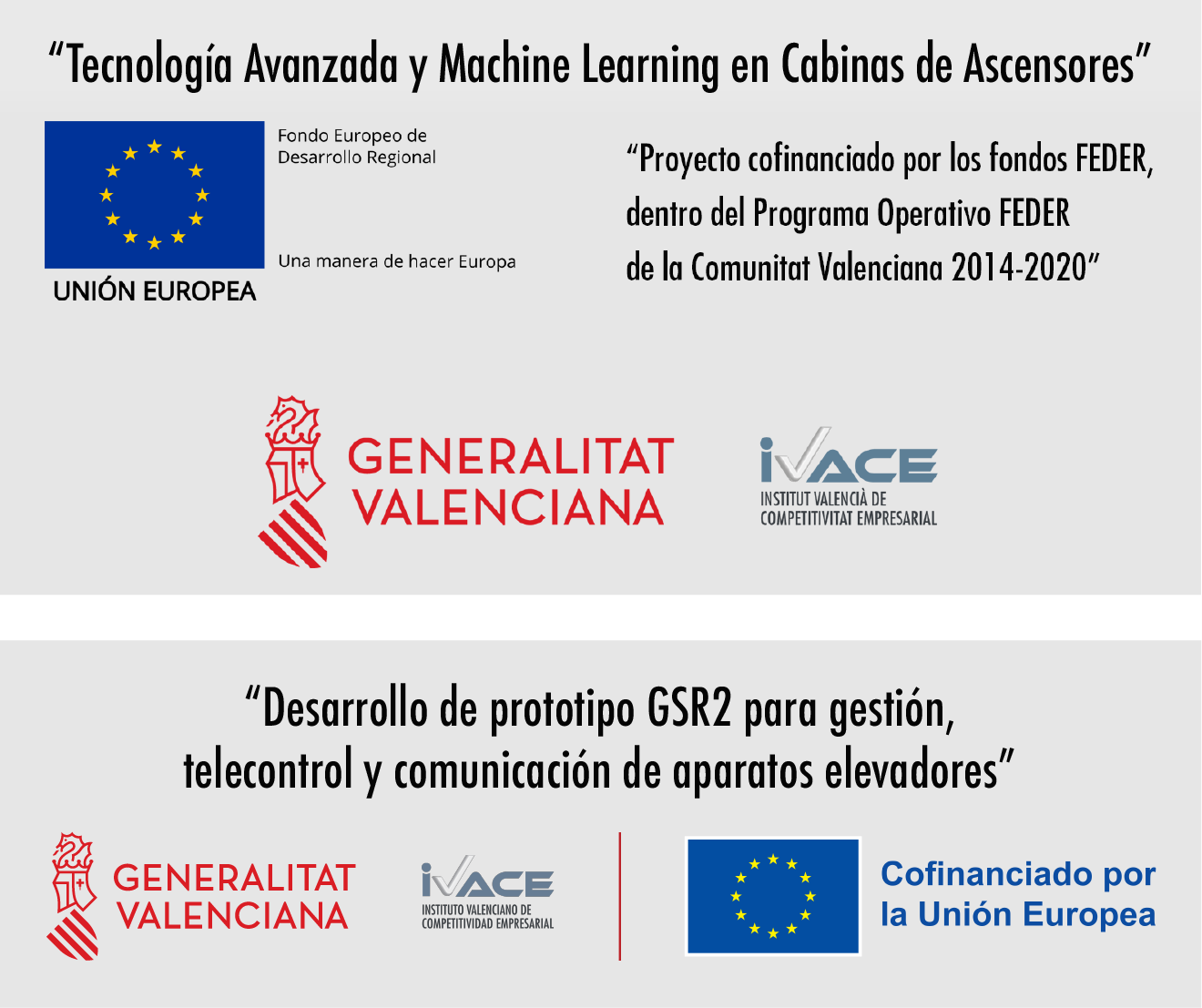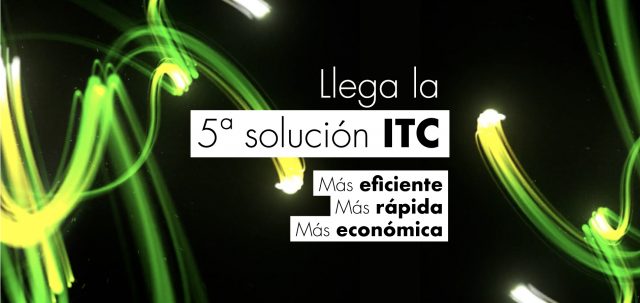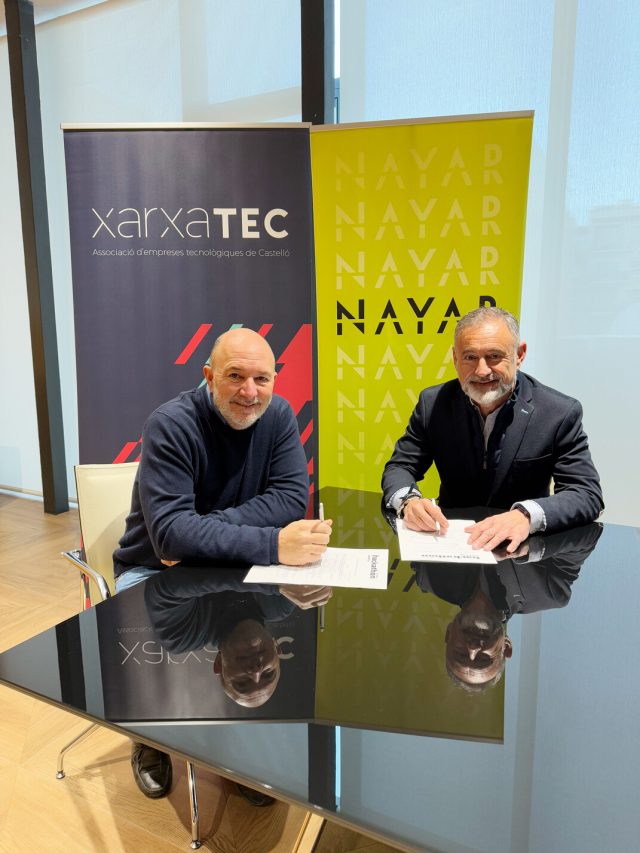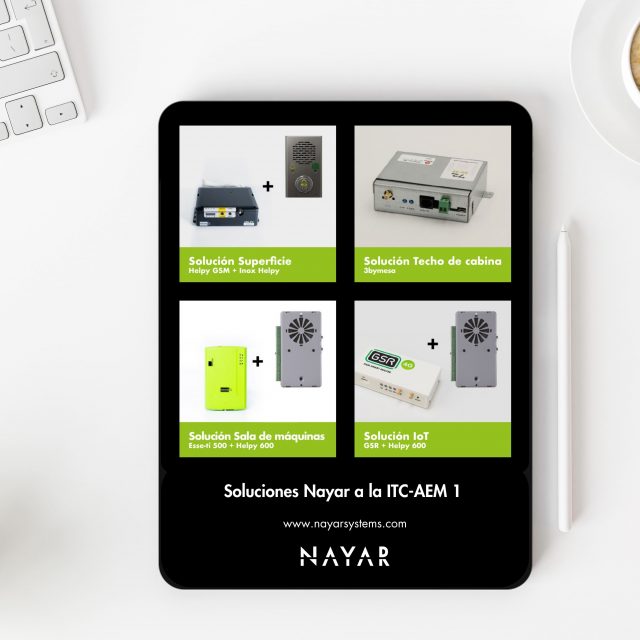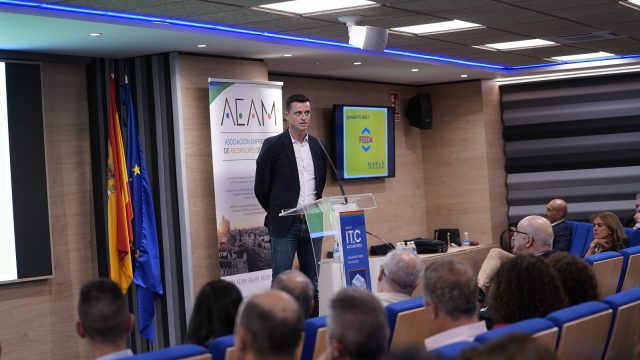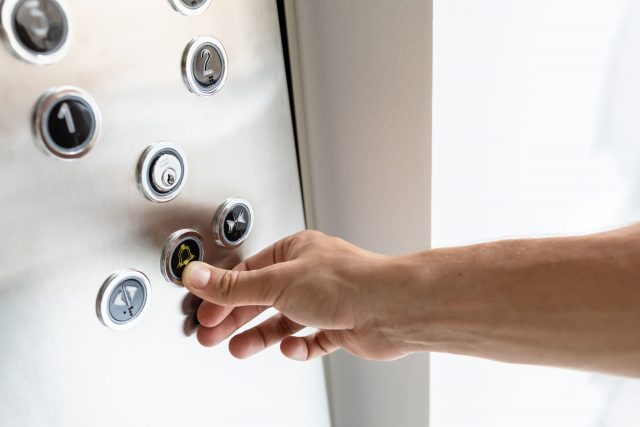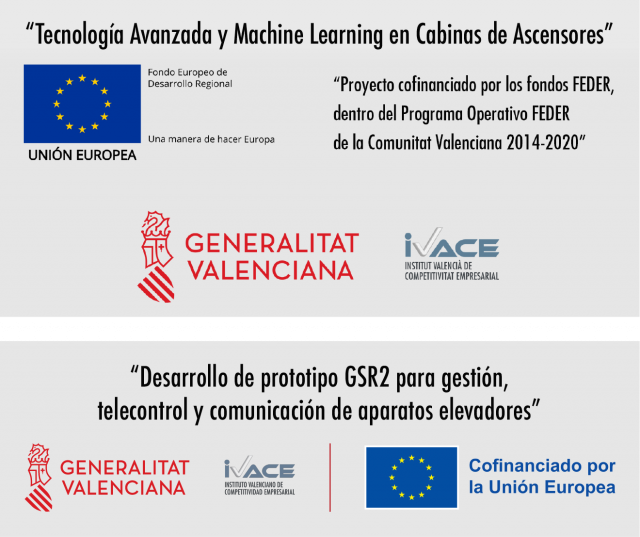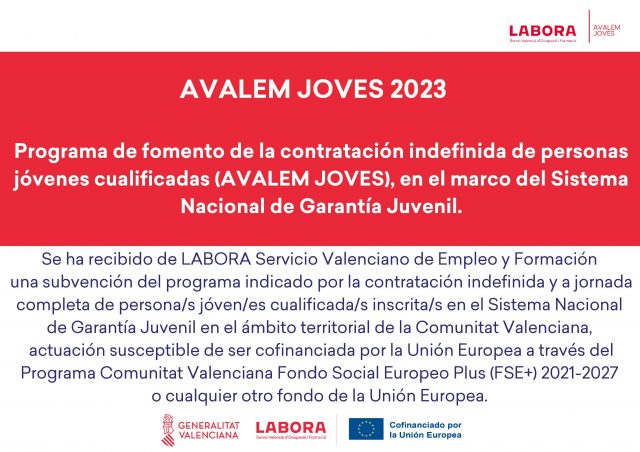About universal accessibility in Spain
- Where does Spain stand with regard to the implementation of measures to achieve universal accessibility? Do you have a good reputation in this regard?
At the international level, Spain is one of the most renowned countries in this area. In Europe it is the first. We have no indicators of comparison to measure it, but precisely in Europe, the indicator we use are the European Commission’s Accessible City Awards, the Access City Aword, and Spain is the country that leads by far the rest, both as finalists, at the level of special mentions and as winners. We are seen internationally as one of the most accessible countries in the world.
- When proposing new initiatives in the ONCE Foundation and given their participation in international speeches and conferences, do they focus on any other model or country that is doing particularly well in the development of innovative policies in the field of universal accessibility?
Japan is doing particularly well because of its ageing population. It is working in a holistic and global way, so the contribution it can make to the world is very interesting. Another country that is firmly implementing its accessibility policies is the United States, and this is a good thing given that the legislation is being enforced in a firm manner, allowing progress to be made along these lines. In fact, one example is a $1 million fine imposed on UBER in the state of California for discriminating against a blind person with a guide dog. There is an important forcefulness. And with respect to other countries, Canada is doing very well, Australia has an interesting policy… but, ultimately, I would highlight Spain, Japan, the United States and Canada.
- One of the areas of action of the ONCE Foundation is to analyze the accessibility achieved in different environments. In which sectors is progress being made better and faster in our country?
We are making a very important effort to make progress in the field of tourism. You must do intense work to make tourist destinations, infrastructure, hotels, restaurants… are accessible and are the reference country as a destination, both at European and international level, making tourists with disabilities see us as an interesting destination to travel to.
- A few months ago, the first European standard on accessibility of the built environment was approved, the ‘EN 17210:2021 Accessibility and usability of the built environment. Functional requirements’ in the development of which Spain has played a leading role, namely the ONCE Foundation and the Spanish Association for Standardization. Why is this standard a milestone in accessibility?
Because at last, at European level accessibility has the same meaning. The importance of this norm lies in having found consensus among entities of the associative movement, people with disabilities, companies, civil society, standardization entities… Having achieved that consensus at European level has been very important. So, right now, accessibility has the same meaning in any country. In addition, it is a very useful tool to give keys to technicians, to those responsible (architects, engineers…) who are developing and planning urban environments and buildings, to implement and incorporate this standard and the criteria that appear in it. They are functional criteria because no specific technical parameters or dimensions are established. This will be developed in a technical document, in a Technical report within the standard, but the important thing is that the functional criteria are already established.
On the role of the ONCE Foundation
- ONCE Foundation has three main pillars of action: training, employment and accessibility. In which projects, within these pillars, is the focus currently placed?
In all three at once. The best way to include a person in society is to be one more, is to find employment, work and have an income of their own. That is the true inclusion. And accessibility is a fundamental cross-cutting issue so that a person can be trained, have access to educational infrastructures (such as schools, universities, etc.), but also have access to employment and enjoy tourism, which is a very important component of a person’s life. Therefore, if we do not have accessible cities, if we do not have accessible buildings, it will be impossible for a person with a disability to enter the labour market. If we do not have accessible technology so that a person with visual impairment, with a disability with low pressure, with blindness, with deafness problems (…) can enter the labour market, they will not be able to do so. That is why we are working on accessibility to signage, we are working on accessibility in every way, in a very holistic and global way. Or, for example, if we don’t use easy reading, simple texts, pictograms… people with intellectual disabilities will find it more difficult.
- Information and Communication Technologies (ICT) have the power to facilitate many aspects of the daily lives of people with disabilities. In this sense, the ONCE Foundation develops a Plan of Technological Surveillance applied to the accessible technology that is being created: what does it consist of? What data is derived from this study?
We look at how technology is emerging, and we also look at that technology, whether it’s accessible or not. From this we draw conclusions, above all, we disseminate and distribute these studies among technology companies and society in general to highlight those good practices that can be most used by people with disabilities. We also do this so that companies that are doing it wrong consider that they must implement these solutions. We carry out a monitoring, observatory and analysis function to check if we are making good progress or if we are having problems with progress.
- In relation to this issue, do you think that the acceleration in the development of products and services designed for a digital environment can diminish the importance of the advances that are still needed in the physical environment?
The problem we are having is that the development of accessible technology does not solve the problem of physical accessibility, although in some cases it may be thought that it does. But a person who doesn’t have an elevator at home, no matter how many apps they have on their mobile phone, tablet or computer, won’t be able to leave home. If there is no curb on a sidewalk and you are in a wheelchair because you have a physical disability, you will not be able to move around the city, even if you have applications. And the problem is that many of the funds that are currently coming are for the improvement of technology, for the improvement of the productive fabric, but it is not investing in the physical infrastructure (the so-called “brick”) to improve that accessibility. Therefore, if we don’t think about accessibility in a holistic way and focus only on solving problems through technology, we are making a very serious mistake.
About the PULSE project (Virtual Control Panel)
- What does the development of the PULSE project, an initiative of the ONCE Foundation together with Nayar Systems and FEEDA, mean for the road to universal accessibility?
It’s a major leap in people’s autonomy. The fact that with your mobile phone you can interact with the elevator, for which we have serious mobility problems or use wheelchairs, low-size people, blind people, people with intellectual disabilities (…) but, above all, referring to people with visual impairments or people with physical disabilities, is a major leap in autonomy. And for protection from COVID-19, not having to touch anything is also a breakthrough. But, above all, because before you had to interact with buttons that were too high, with buttons that were not placed in an ergonomic way and you had to have a position of the body very uncomfortable, people of low size that did not reach the button… and this has been resolved with the mobile phone.
- And how has been the experience of collaborating with a technology with the expertise and knowledge of Nayar Systems in such an ambitious project aimed at achieving the full inclusion of people with disabilities?
For us it has been a fantastic experience, because to have found the team of Nayar Systems, to have worked together in a co-creation process, to have seen that opening of mind in a company like Nayar Systems (…), has been a great experience.
- Speaking of the elevator sector, what is the weight of accessibility in elevators in the construction of Smart Cities?
One of the big problems we find in accessibility in buildings is the lack of elevators, or the placement of elevators after a flight of stairs in the building. Dimensions are also another problem, since sometimes they are too small elevators. A great advance and a great resolution of the problem of accessibility in the cities is the installation of urban elevators, in those with problems of orography, of serious slopes, of difference of level between streets (…). That is also important.
About company and enterprises
- Beyond innovation and technological advances, are we experiencing a time of greater social awareness of accessibility issues and the needs of persons with disabilities?
I think we’re slowly getting there, but sometimes we forget it. And we find that some companies make developments and do not consider accessibility, just as it happens with some public administrations when they bring out certain solutions. It is important that we take this into account in a standardized way. Exactly as an architect does not design a building without assessing all the requirements and technical specifications relating to the calculation of structures, to safety, to evacuation systems, to electrical safety, for example… however, all accessibility issues are forgotten, and it is important that we take this into account.
- What role do businesses play in standardizing universal accessibility?
So, they’re a key piece. This is a problem, and the way to solve it is polyhedral, it has many faces. And business is one of the most important faces. Civil society, universities, training centers, associations of the disabled, public authorities, public administrations (…) are important, but companies are a key piece in this puzzle.
- One of the consequences of the pandemic has been the introduction or at least the promotion of the culture of telework and the digitisation of processes in the working environment. Is this new model an opportunity for the employment of people with disabilities?
Having implemented this digital transformation in the working environment is a big leap. However, we have found that many of the platforms were not accessible, which means that many of the colleagues with disabilities have been isolated or have had a hard time getting into work in a standardized way, just like the rest of his classmates were doing. I am referring to video conferencing platforms, teleworking; to solutions such as Zoom, Meet, Hangouts (…), which in many cases do not have subtitles, people have a hard time accessing, of course they do not have sign language, etc.
- According to data from the ONCE Foundation, people with disabilities make up 10% of the population. Based on this data, the development of disability products and services could be a competitive advantage for companies. What do you think about that?
Globally, and according to data from the World Health Organization, we are talking about one billion people with disabilities in the world, so it is a very important number, with older people. It is essential that a company think in market key and approach more population, also considering that the accessible is always much more comfortable for the whole population.
- The ONCE Foundation is organizing the International Congress on Technology and Tourism for Diversity, now in its fourth edition. We know that tourism is one of the main drivers of the economy in Spain, what are the trends and advances in this area in terms of accessibility?
PNE-ISO 21902 has just been approved. Tourism and related services. Tourism accessible to all. Requirements and recommendations.; in whose development there has been much Spanish presence. The ONCE Foundation has been the Project Leader, the work of Chair has been done by the World Tourism Organization (UNWTO), which, although is an agency of the United Nations, is in Spain, and the Spanish Association of Standardization (UNE) has served as technical secretariat. This regulation is a standard that analyses the entire tourism-related value chain: technology, websites, infrastructure, transport, etc.
- The mission of the Universal Accessibility Directorate of the ONCE Foundation is to promote Design for All: what is this idea, especially applied to the technological field? What are, broadly speaking, the requirements that a product must meet to consider its universal design?
It must consider the needs of the entire population, regardless of their abilities or disabilities. For example, if it is a product that issues information, it should be given in a multimodal form. That a deaf person can perceive it through writing, that a blind person can perceive it through sound, that messages are easy for a person with an intellectual disability to understand, has an ergonomic design so that a person with handling or mobility problems can use it (…). Ultimately, it has to consider human diversity.


